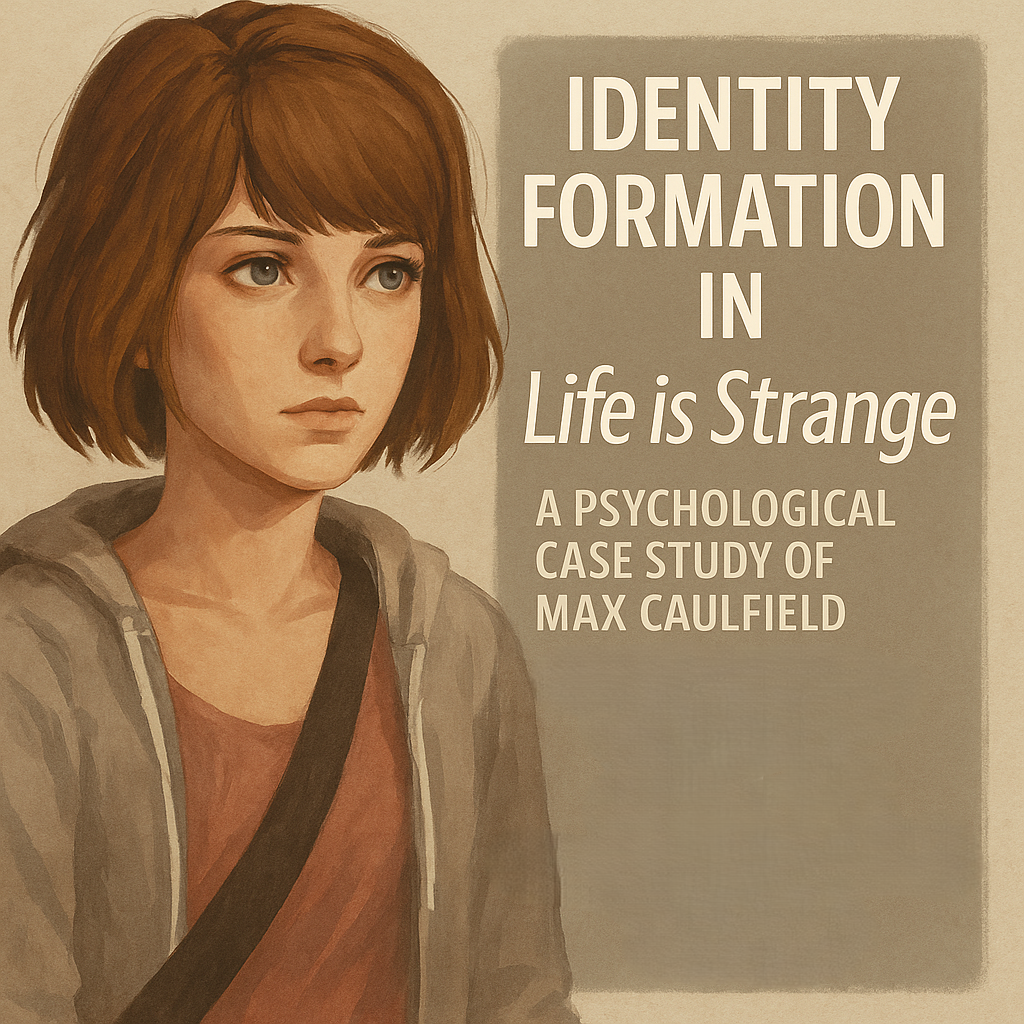Girls in Games: From Plot Points to Protagonists
The representation of female characters in video games has undergone a profound transformation over the past several decades, evolving from passive narrative devices to dynamic protagonists with significant agency and complexity. This metamorphosis is emblematic of broader sociocultural shifts, advancements in interactive storytelling, and heightened critical awareness of gender portrayal in digital media. This article examines the historical progression of female characters in video games, providing a comprehensive analysis of key examples and their psychological and societal implications.
Historical Trajectory: From Objectified Tropes to Empowered Narratives
Initial Framework: The "Damsel in Distress"
In the nascent stages of the video game industry, female characters were predominantly relegated to the role of "damsels in distress," serving as plot catalysts rather than autonomous agents. Early examples include Pauline in Donkey Kong (1981) and Princess Peach in Super Mario Bros. (1985). These archetypes epitomized the passive and dependent roles often ascribed to women in media, reflecting the sociocultural norms of the era.
These portrayals, though simplistic and often reductive, catalyzed early conversations about gender dynamics in interactive media. The limited agency of these characters laid the groundwork for future critiques, establishing a foundation for the nuanced depictions that would follow.
The 1990s: Subverting Expectations
The 1990s marked a pivotal period wherein technological innovations facilitated more sophisticated character design and storytelling. This era introduced female characters such as Lara Croft in Tomb Raider (1996), a figure who combined intellectual prowess and athleticism with an assertive narrative presence. Despite her ground-breaking status as an autonomous heroine, Lara Croft’s hypersexualized design underscored persistent tensions between empowerment and objectification.
Additionally, Jill Valentine from Resident Evil (1996) and Samus Aran from Metroid (1986) further challenged traditional gender norms. Notably, Samus’s gender reveal at the conclusion of Metroid disrupted player assumptions, subverting expectations of female capability within action-driven narratives. These characters signalled an emerging complexity in the portrayal of women, offering glimpses of progress while still navigating entrenched stereotypes.
Contemporary Landscape: Multifaceted Protagonists
Depth and Agency in Narrative
In the contemporary gaming landscape, female protagonists have become emblematic of richly textured storytelling. Games such as The Last of Us Part II (2020) feature Ellie, a protagonist navigating themes of trauma, vengeance, and self-discovery, while Horizon Zero Dawn (2017) showcases Aloy, a resourceful and inquisitive figure within a meticulously constructed post-apocalyptic world. These characters resonate with players due to their intricate motivations and relatability, underscoring a shift toward character-driven narratives that prioritize depth over superficial traits.
Embracing Diversity
The inclusion of diverse identities has further expanded the scope of female representation. Titles such as Celeste (2018), which centres on Madeline, a transgender protagonist, and Life is Strange (2015), which explores complex interpersonal relationships and choice-driven outcomes, exemplify this trend. These narratives not only reflect the multiplicity of human experiences but also foster empathy and inclusivity within gaming communities.
Psychological Perspectives: Implications of Representation
Empowerment and Role Modeling
From a psychological standpoint, the presence of strong, multidimensional female characters in video games can significantly influence player self-perception and aspiration, particularly among women and girls. Figures like Aloy and Ellie serve as aspirational role models, exemplifying resilience, adaptability, and agency in the face of adversity.
Dismantling Stereotypes
Conversely, early portrayals of female characters often perpetuated limiting stereotypes, reinforcing traditional gender roles and unrealistic beauty standards. Hypersexualized designs, in particular, have been criticized for contributing to objectification. By confronting and deconstructing these tropes, modern games play an instrumental role in challenging societal perceptions and fostering critical engagement.
Inclusive Representation and Engagement
Empirical studies suggest that inclusive games featuring diverse protagonists enhance player engagement and satisfaction, fostering a sense of belonging and representation. This inclusivity is pivotal in cultivating more equitable gaming spaces, broadening the appeal and accessibility of the medium.
Persistent Challenges and Prospects for Growth
Structural Inequities
Despite significant strides, the underrepresentation of women within game development roles continues to hinder the authenticity of female character portrayals. Addressing these systemic disparities is essential for fostering a creative environment that prioritizes nuanced and representative storytelling.
Avoiding Tokenism
Achieving authentic representation requires careful navigation to avoid tokenism or reductive portrayals. Genuine, multifaceted character design must remain a central focus, emphasizing narrative integrity and depth.
Simply Put
The evolution of female characters in video games—from passive plot devices to empowered protagonists—mirrors broader cultural transformations and highlights the medium’s potential as a platform for social commentary and innovation. By prioritizing authenticity, diversity, and inclusivity, the gaming industry can continue to shape narratives that inspire, educate, and foster empathy, cementing its role as a catalyst for cultural progress.






